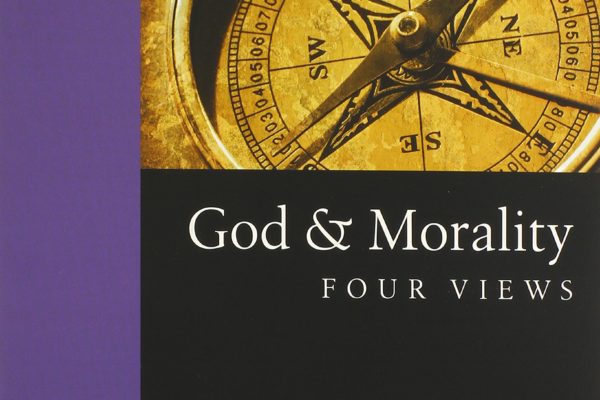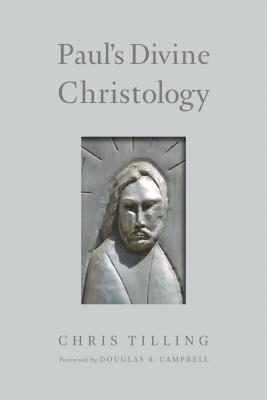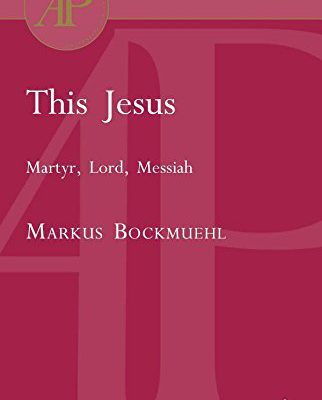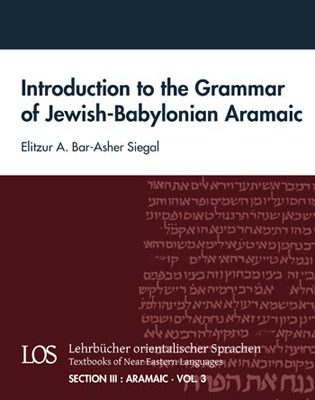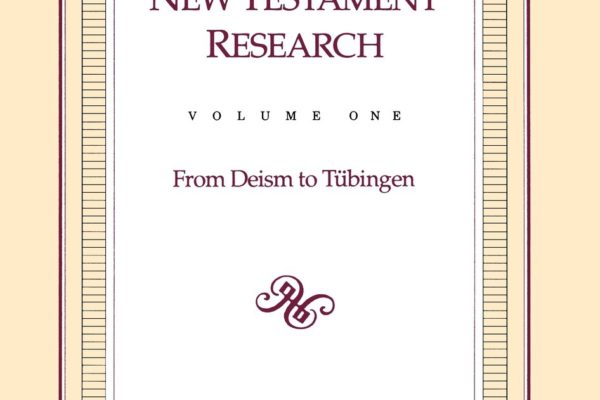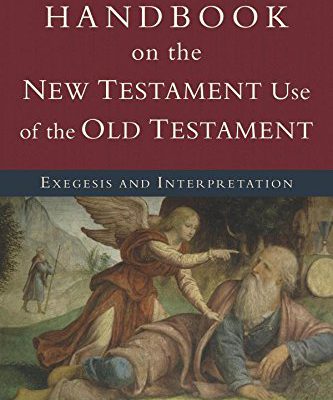God & Morality: Four Views, ed. by R. Keith Loftin
Almost all Christians familiar with the world of apologetics are familiar with the “moral argument,” which claims that in order for the moral law to be absolute and thereby create moral obligations, the moral law must be metaphysically grounded in an absolute source–namely, God.
It is rare that we hear serious dialogue among philosophers and ethicists who ascribe to competing views on this issue. Keith Loftin has ably served as a fair referee as four of these positions are stated, critiqued, and defended….

